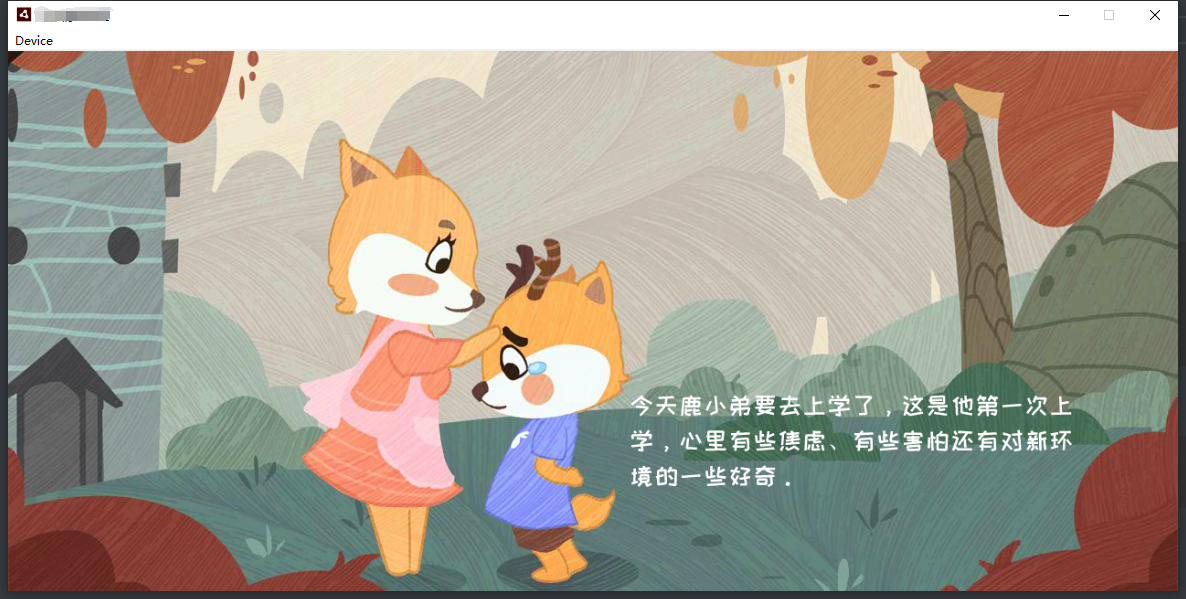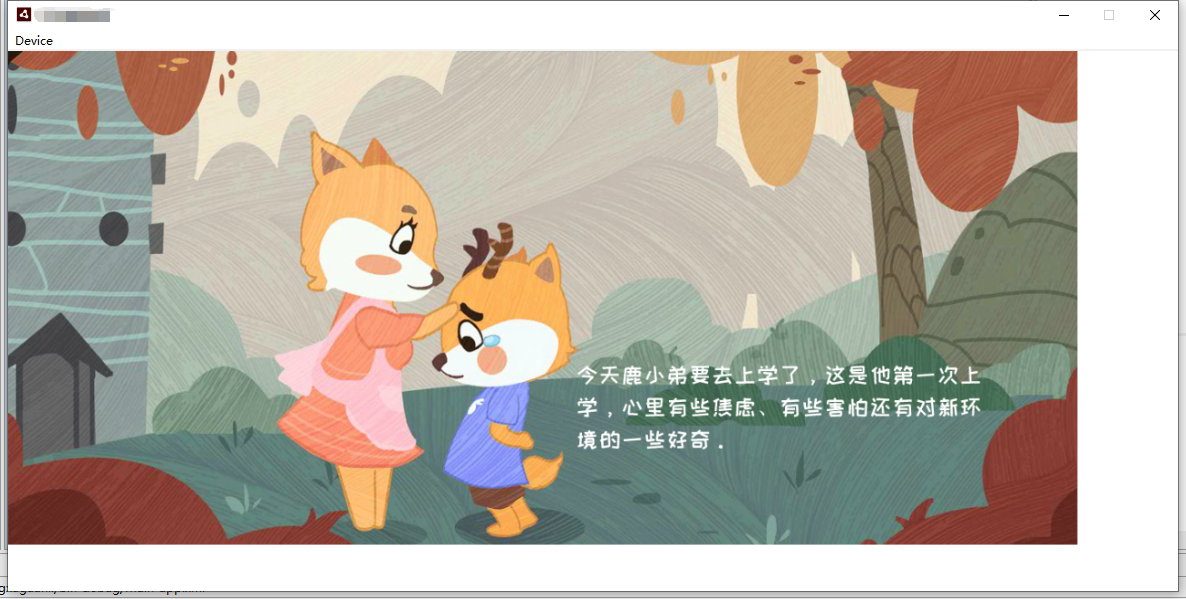Have you looked at using a RenderTexture? For what you want to do it should be able to do it, and it has the advantage of being much much faster - drawing to a BitmapData is about the slowest graphics operation there is.
A RenderTexture also works very straightforwardly, while drawing to BitmapData has known bugs such as this:
https://github.com/Gamua/Adobe-Runtime-Support/issues/392
It does not sound like the same bug but the underlying drawing routine which it relies on has bugs on some platforms.
The RenderTexture sample code (for the Starling sample on the website) is here
hi,I am a green hand of as3.When I was developing products using Starling,i get a problem ,that i must use the api "drawToBitmapData"of class DisplayObject to finish cropping the picture . but when I do not pass the first parameter "out", the bitMapdata returned is not the same width and height as the original image, and they are usually truncated.
that i got
When I pass a bitMapData for the first parameter that I want, the bitMapData returned is actually the bitMapData That I want, but it contains a lot of blank pixels! I noticed that it might have something to do with the width and height of the AIR, but I didn't draw any conclusions. Since I can find blogs on this topic on the Internet, there are almost no blogs, so can you help me qvq.
that i got
out: 1280 640 1280 640